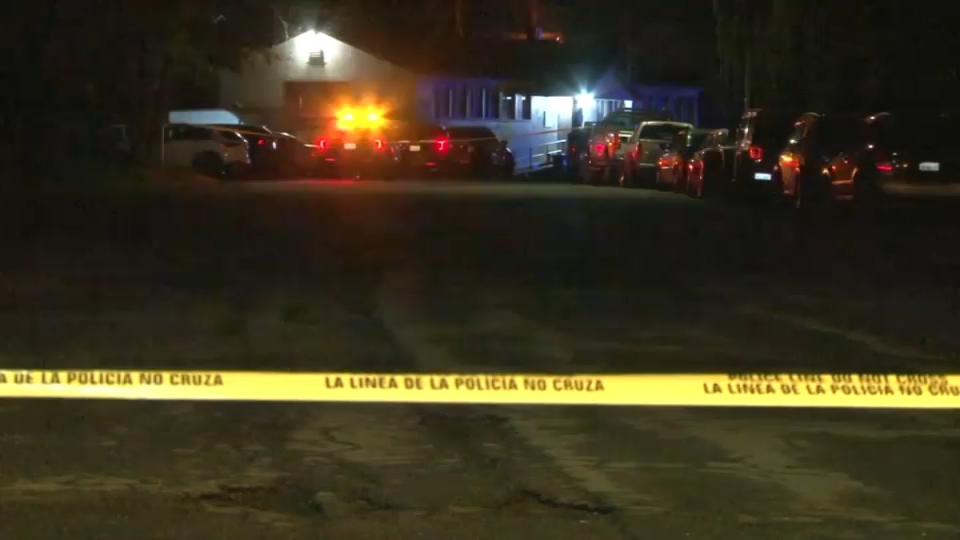Specially equipped NASA aircraft will be hovering over Bay Area skies Thursday and Friday collecting air quality data to better understand our region's air pollution.
A partnership with the Bay Area Air Quality Management District, NASA will fly its aircraft over the Interstate Highway 680 as well as other portions of the region to gain air quality data as part of a Central California study to better understand how air pollution moves and flows in the atmosphere, according to BAAQMD spokesman Ralph Borrmann.
"In terms of the results, it's a 3D look at winter air pollution that has never been looked at before," Borrmann said.
The NASA aircraft flying over the Bay Area is one of four flying over Central California using high tech air quality measuring instruments, according to Borrmann.
Probes that stick out of the outside toward the head of the aircraft will grab samples, all of which will be interpreted.
The aircraft flying as low as 1,000 feet in the Bay Area likens a twin-engine plane, which will take off just north of Sacramento.
Other four-engine NASA aircraft studying the same air pollution and flying as high as 26,000 feet will be leaving from Palmdale near Southern California.
Local
"This research will help all air districts in the region understand how these particles move and at what levels, we will also be able to determine where it is," Borrmann said. "This will help protect public health in a much better way."
Additionally, the study will improve forecasting of air pollution, according to Jack Broadbent, executive director of the Air District. "The data collected through this study will refine the tools currently available to the air district planners and meteorologists who forecast and simulate air pollution," he said.
The nationwide study is a partnership with the air quality district, NASA, the National Oceanic and Atmospheric Administration, the U.S. Environmental Protection Agency, California Air Resources Board, the San Joaquin Valley Air Pollution Control District and a broad array of universities in California and across the nation.
The Bay Area air district contributed $28,000 for the Bay Area portion and will provide technical staff to collaborate on the project.
"This study will fill in the knowledge gaps we've had forever," Borrmann said.



